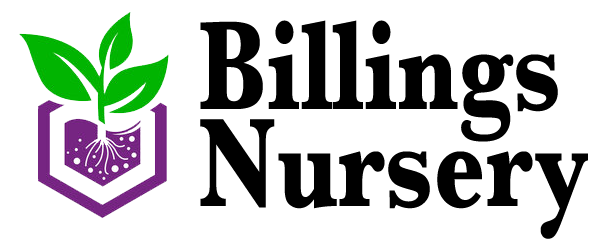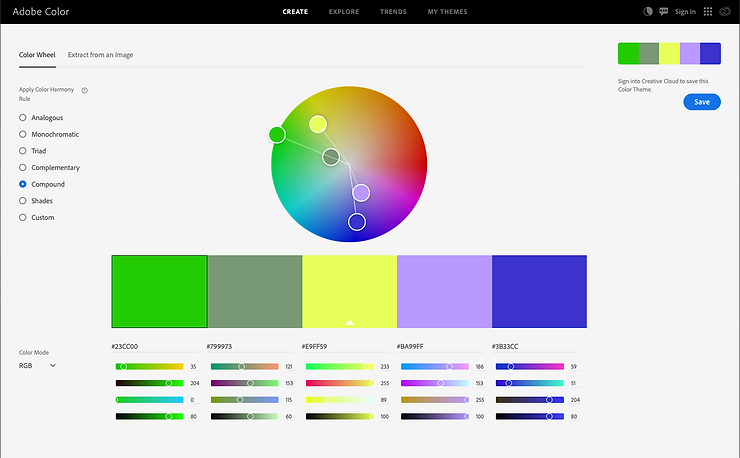Uncategorized
Basics III: Color
For many, this is the most exciting part of the design yet but it can also be the most daunting. Generally, simple is better in design so, let’s try to simplify the often-confusing world of color theory.
Colors can be divided into 4 categories; primary, secondary, tertiary and neutral. They are further divided into warm and cold, just like Montana’s weather which is where we’ll spend the bulk of the post. But as an introduction…
Red, yellow and blue are the, you guessed it, primary colors and make all other colors when mixed. Secondary colors are created from mixing two primary colors, red and yellow = orange, yellow and blue = green, red and blue = purple. Tertiary colors are a further blending of colors such as blue-green, yellow-green, blue-violet, red-violet, red-orange and orange-yellow.
Color and Emotion
Emotion generally comes from color temperature and when landscape design tends to orient around feelings of the space. Warm colors, red, yellow and orange, excite and are more intimate in large spaces drawing attention to themselves. Use them as focal points or for scaling down a space.
Cool colors, blue, purple, and green, relax and help create depth when planted behind warm colors. They can be used in a sunny location to evoke a cool feeling.
Neutral colors, gray, silver and white, are well neutral. These colors are soft and welcoming and can be mixed with any colors for a softening effect.
Mixing Colors
Threading consistent colors in a bed or the entire yard will bring a harmonious effect and help to enforce a strong design. However, mixing colors for contrast (called complementary colors) can produce a lot of drama. It would be good to mention the color wheel here. If you have not seen one it would be quite helpful to understand colors and which colors work well together. Place colors that appear next to each other on a color wheel for a soft blend or place colors across the wheel for a contrast.

Adobe has a great free color wheel tool available here: https://color.adobe.com/create/color-wheel/
Seasonal Considerations
Something that is often forgot when considering shrub and flower color is that they have spring, summer and fall variations. Flowers mostly bloom at specific times of the year and generally not all season. Shrubs change color (fall reds and oranges) so take into consideration the seasonal changes and bloom times. Therefore, additional time is needed to consider and research when flowers bloom along with their color so you can pair them accordingly and ensure you have things that bloom all season and in harmony. You might be a little upset if all your plants bloom in the spring and nothing during summer and fall.


